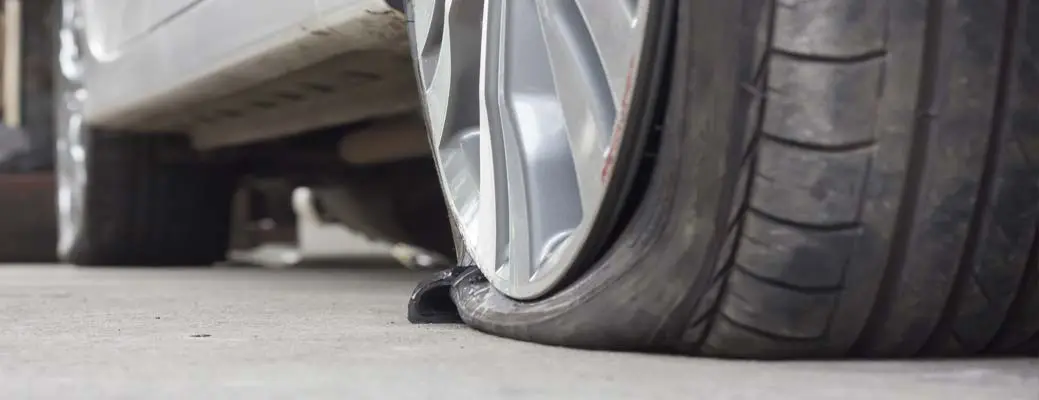5 Times You Should Call Roadside Assistance


A flat tire, an engine problem, a belt … any number of things can go wrong with your car at any time, which is why roadside assistance coverage is so important. Even if you’re a skilled DIY-er when it comes to car maintenance, roadside assistance can provide peace of mind when the unexpected happens — especially when you’re far from home or lacking the right tools for the job. Learn how roadside assistance coverage may be beneficial for you.
The best-case scenario is that you never need to call for help, but depending on how far and how frequently you drive, odds are that you’ll have a mishap or two along the way. Depending on the situation, roadside assistance can help ensure that you stay safe when your vehicle breaks down. Here are five of the most common causes of roadside breakdowns — and how to handle them to ensure you and your passengers stay safe.
If your vehicle stalls, first get somewhere safe if you can. If you can’t get your vehicle safely out of traffic, stay in your vehicle and give roadside assistance a call — don’t attempt to cross a busy highway on foot. Make note of your surroundings and any nearby landmarks, buildings or road signs. If on an interstate highway, note the mile marker, last exit number and, if possible, the nearest emergency call box or rest area. Roadside assistance will cover a tow to the nearest qualified repair facility. Keep in mind that if you’re in an accident, you should alert the police, not emergency roadside assistance.
If it’s a battery issue and you need a jump start, give roadside assistance a call. Someone can assist you any time, day or night. This is a safer option than relying on a stranger to pull over and help you jump your dead battery. If your vehicle is inoperable, switch on the emergency flashers immediately. If you cannot get your vehicle away from traffic or think you may be struck from behind, exit your vehicle safely. Watch for oncoming traffic, especially at night or when visibility is limited. Do not attempt to push your vehicle. Do not stand behind or in front of your car as other drivers may have trouble seeing you, increasing your risk of being hurt.
A flat tire at home is one thing — a tire blowout on a busy highway is quite another. If you get a flat tire, the first rule is not to panic. Make sure to signal, slow down and carefully pull off to the side of the road while avoiding any sudden maneuvers. Flat tires are common and unpredictable, and if you aren’t able to safely change the tire yourself, having roadside assistance coverage ensures that you can get professional help at any time and any place.
Lockouts have become increasingly common in recent years, thanks in part to keyless ignition and electronic anti-theft systems. In fact, the American Automobile Association reports that it gets calls from more than 4,000,000 locked-out motorists every year. It’s a terrible feeling to realize that your car is locked and you’re not in it. A call to roadside assistance services will save you from breaking into your own car and potentially causing additional damage.
So, you were thinking your car can make it just a few more miles to the next gas station but you’ve run dry. While this may feel like an embarrassing scenario, life happens. If you run out of gas at night and have to stop on the road, it’s essential to make your vehicle visible. Turn on your emergency lights and pull off as far from the road as you can. If you have flares or reflectors, set them up, then call roadside assistance for fuel delivery. A representative will come to help you re-fuel, potentially saving you a hike to the nearest gas station.
Don’t have Emergency Roadside Assistance coverage? Call your local Farm Bureau agent. They can help set you up so you can get on the road — or off it! — when you need it most.